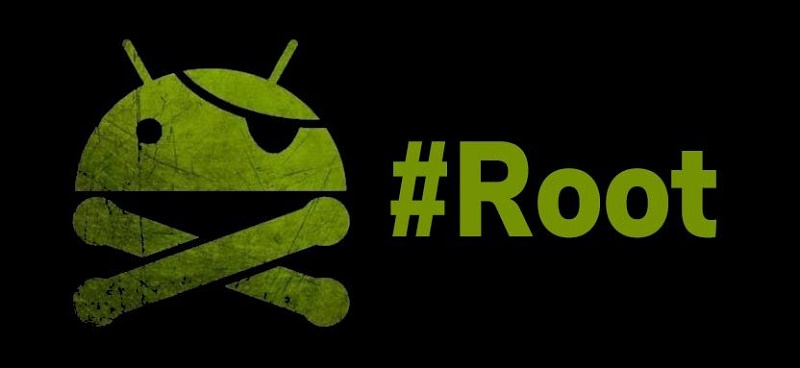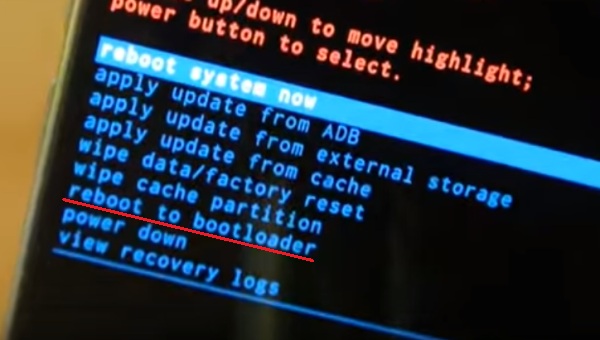
Index:
UPDATED ✅ Do you want to know what the bootloader of your Android mobile is and what it is for? ⭐ ENTER HERE ⭐ and Learn all about it ✅ EASY and FAST ✅
If you wish root your mobileyou may have heard of the bootloader, an essential tool in the operation of all mobile operating systems on the market, especially when it comes to Android, one of the most used in the world.
Also known as bootloader, the bootloader plays a very important rolesince it is the one in charge of allowing the operating system of your mobile to start.
Although bootloaders are not exclusive to mobile phones, but to any smart device, this term is mainly associated with them. In this article we are going to teach you everything you need to know about your bootloader and everything you can do with it.
What is boot launcher and what is it for on smart devices?
Bootloader or boot manager is a program installed on smart devices that is responsible for indicating to it what programs it is going to start once you turn it on. This is the first program that is activated when you turn on your mobile and it is in charge of indicating to it if it should activate the operating system or if you want to go to another tool such as the well-known Recovery Mode.
This program is usually developed by the same mobile manufacturer, and can be in two states; locked and unlocked.
How does the Bootloader work and what functions does it have on Android?

The bootloader is a fairly simple program, since what it does is simply give the order to tell the device which program it is going to start. Its activation is completely automatic and it is activated just when you turn on the terminal before any other application.
Mobile phones, as well as any other smart device, have several boot modes, which have certain functions that allow you to make specific changes to your system or start it with certain functions. In smartphone the best known modes are the following:
- recovery mode: This is a program outside the Android operating system that you can start on your mobile to perform actions such as resetting the device and the like.
- Operating system: This is the normal mode that starts our operating system so that we can use our mobile as we always do.
- Safe Mode: This is a mode in which you start the operating system normally, but you will only be able to use essential applications such as making calls, sending messages or saving contacts.
In other devices the bootloader also allows to enter other modes, such as fastboot or download mode that allow you to use the device with certain limited functionswithout forgetting the BIOS.
Why do hardware manufacturers block the bootloader of Android devices?
As we explained to you, the bootloader can be locked or unlocked, and the latter state is the most common today. But Why do manufacturers block the bootloader of the device?
By locking the bootloader, manufacturers ensure that the user cannot install external or unknown source applications or operating systems. That is with the locked bootloader you will not be able to install any operating system other than Android in any of its official versions on your terminal.
In this way, they guarantee that the equipment works with a reliable and verified security system in which the user’s data will be safe. Something that does not happen with custom ROMs that can include malicious files that facilitate access to the consumer’s private information.
What is the use of unlocking the Bootloader of my mobile and what are the risks involved in doing so?

In basic terms, jailbreaking your device’s bootloader will allow you to install and run any application or operating system you want. But this in turn gives you many more freedoms than you imagine.:
- Access to the mobile kernel: by unlocking the operating system you can install applications that allow you to modify the configuration of your kernel to customize any aspect of the terminal that you want.
- Install custom recovery: a custom recovery is a tool outside the operating system that allows you to modify aspects of it, even without root user. If your mobile came with a factory defect such as not being able to connect to WiFi or the camera does not focus properly, you can solve it without going to any technician with a custom recovery.
However, this has its risks, since we are entering a field in which each action we make generates strong changes in the team.
- damage the terminal: if in an environment with the unlocked bootloader we configure essential functions in a bad way, we can leave the equipment unusable.
- less security: When installing custom ROMs, privacy is reduced since there is no guarantee of it.
For these reasons, most manufacturers have clauses in which they express that the user who releases the startup launcher loses its warranty. Therefore, before even thinking about doing this, document yourself well and be sure of the things that you can modify and those that you cannot.
When is it advisable to release the home launcher of my smartphone?
Although the risks are served, there are certain circumstances in which it is convenient for you to assume them to give a leap in quality to your terminal:
- With an old mobile: If you have your first smartphone with a dual-core processor and 1GB of RAM lying around, you can give it a second life by installing a custom ROM that enhances it and increases the performance of the hardware it has.
- Due to a factory error: If the one you bought has a factory error at the system level, you can repair it without going to a technician with a recovery to flash it to fix it.
Operating systems